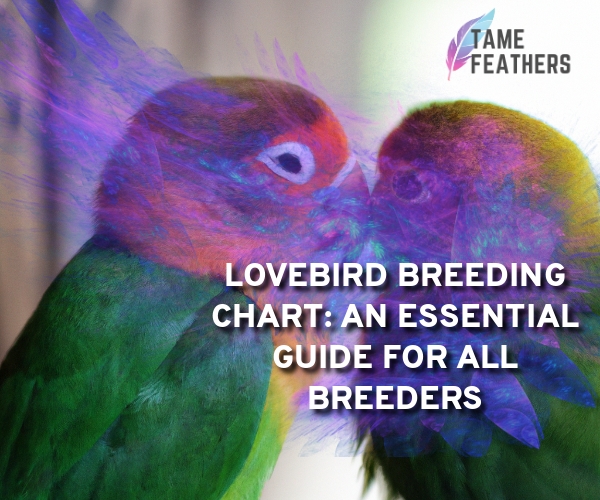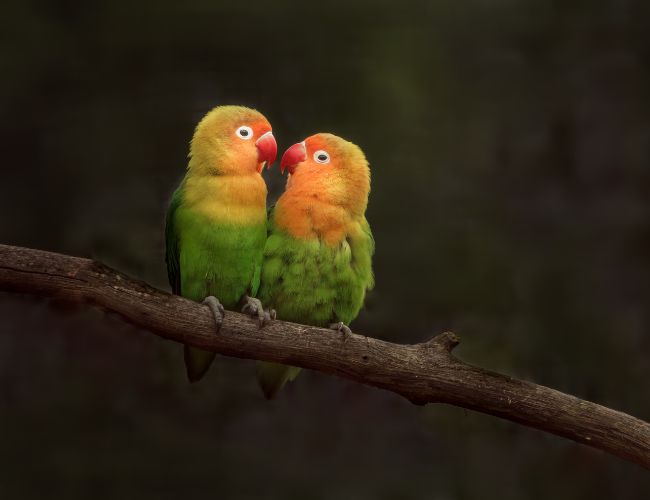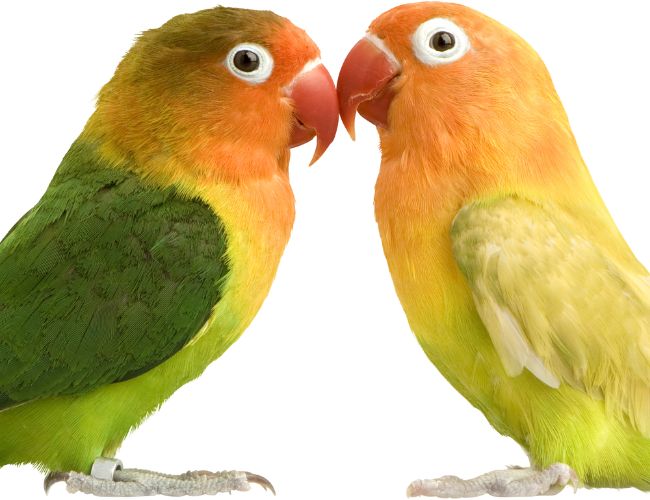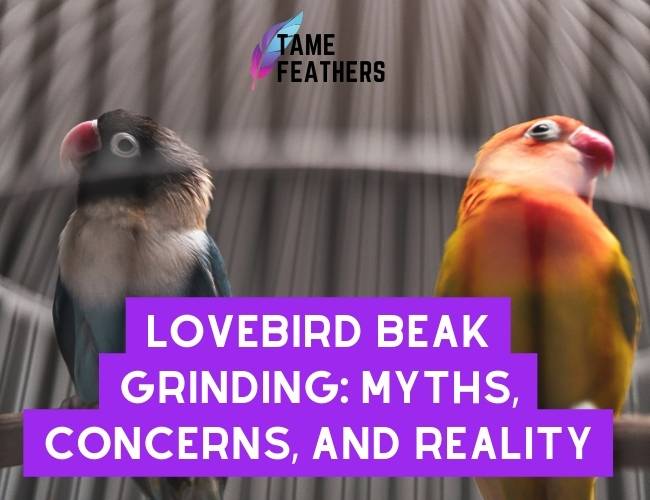A lot of owners of lovebirds are wondering whether they are allowed to breed their pets. However, they do not know the basic information and necessary guidelines for mating their lovebirds.
Thus, they are not able to anticipate the joy and fun of having a huge avian family.
As a page, we do not want that. Hence, I will teach you all the necessary lovebird breeding guides.
In this way, you will have an essential guide for breeding your awesome lovebirds.
What are we waiting for?
Let’s get started!

Lovebird Breeding Chart Basics
A lovebird breeding chart is an essential tool for any breeder.
It provides vital information about the birds’ health, genetics and pedigree, as well as other important details such as age and gender.
With this data, breeders can make informed decisions when selecting pairs to breed with each other.
The chart also helps identify potential problems before they become serious issues that could affect the health and welfare of the birds.
Knowing what to look for in a breeding chart will help ensure successful outcomes from breeding efforts.
The first step in creating a breeding chart is gathering all relevant information on the birds involved:
- their names
- ages
- genders
- color mutations (if applicable)
- lineage/pedigree (if known).
This data should be entered into a spreadsheet or database so that it can be easily accessed whenever needed.
Once the initial data has been collected, more specific details such as physical traits like body size or feathering patterns can be noted down alongside each bird’s entry on the chart.
This will help differentiate between individual lovebirds within a given flock or family group more easily in future generations.
Breeders must also keep track of which pairs have mated with one another over time by noting down dates of pairing and results (e.g., number of fertile eggs laid).
This not only helps to monitor successes but also failures – if two birds are consistently failing to produce viable offspring then this may indicate an issue such as lack of fertility or incompatibility between them that needs addressing before further attempts are made at mating these particular individuals together again.
Choosing A Mating Pair For Your Lovebird Breeding Chart

When selecting lovebirds for mating purposes, it is important to pay close attention to genetic diversity within your flock. Ideally, you want pairs with different lineages so that new traits found in offspring can potentially increase overall gene pool variability within your avian community over time.
It is best practice when choosing mates for your lovebirds to take into account both physical characteristics like plumage colouration/patterns and behavioural tendencies like aggression level towards other birds or humans alike.
These factors should weigh heavily since compatibility between two individuals goes beyond just how attractive they appear visually.
Incompatible pairings may lead to quarrels amongst themselves resulting in injury or worse – even death! Therefore making sure both partners have similar temperaments is key here too.
Matching up-to-date medical records should always form part of pre-mating considerations; knowing whether either partner suffers from any diseases which could affect egg production quality would save valuable resources later down line during incubation stages e.g., having chicks born weak due poor nutrition intake caused by diseased parents’ eggs etc.
Finally do not forget there are social aspects involve too – existing bonds formed prior mate selection process need respect else risk disruption entire flock dynamic leading potential fights break out further weakening its unity overall.
Maintaining An Updated & Accurate LoveBird Breeding Chart

Once all desired couples have been paired up successfully, it’s now time maintain updated accurate records continually.
Record various stages like reproductive cycle. The start of nest building, to the hatching of the chicks. You should also take note of when you start releasing the chicks into the wild.
Basically, you need to monitor them very closely to record everything that they are doing. Tracking their progress will help you visualize areas for improvements.
Aside from that, it will also let you identify possible issues that might occur while you are breeding your pets.
Want To Learn More About Lovebirds
If you found this post useful, you may also like Are Lovebirds Affectionate? Discover The Surprising Truth Here!. There is a lot to learn about Lovebirds, hopefully, this post on
Can Lovebirds Live Outside: What You Need To Know Before Letting Them Fly Free is useful! Another post you’ll find interesting is
Finding Lovebird Pairs For Sale? Here’s What You Need To Know.




